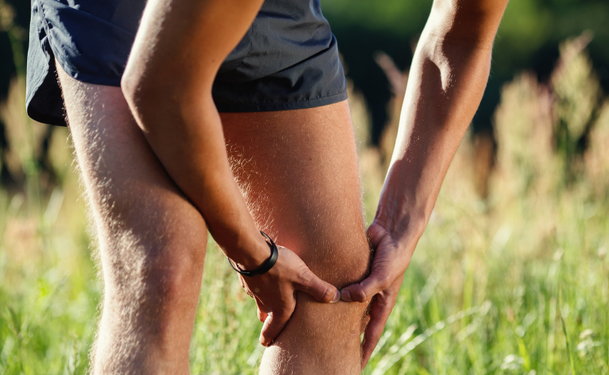Poor blood circulation can be caused by several health conditions, such as diabetes or hardening of the arteries. Symptoms of poor circulation may be a sign of a serious medical problem and should not be ignored. Contact your doctor if you are concerned about poor circulation in your hands or feet.
10 Symptoms of Poor Circulation
Symptoms of poor circulation depend upon the underlying health condition, but may include the following:
- Cramping in the legs or feet, often during exercise
- Decreased pulse in the ankle or feet
- Discomfort, throbbing or stinging pain in the legs
- Inflammation of the skin or connective tissue in the legs
- Loss of hair on the legs
- Numbness or tingling in the legs or feet
- Sores (ulcers) in the feet that heal slowly or poorly
- Swelling in the feet and legs
- Unusual color of the feet or legs
- Unusual temperature in the feet or legs
Causes of Poor Circulation
Symptoms of poor circulation may be caused by many medical conditions, including:
- Diabetes: can cause the blood vessels of the leg and foot to narrow and harden, especially when the diabetes is uncontrolled
- Atherosclerosis, including peripheral artery disease: plaques containing fat and cholesterol collect on the walls of the arteries, which causes them to narrow and reduces the flow of blood
- Chronic venous insufficiency or varicose veins: damaged valves in the veins of the legs allow blood to pool in the feet and legs
- Obesity: carrying around extra pounds increases the risk of diabetes and atherosclerosis, but may also make it harder for your heart to pump blood
- Raynaud’s disease: causes a narrowing of the arteries in the hands and toes, which decreases the blood flow
5 Solutions for Poor Circulation
The solution for your poor blood circulation depends upon the underlying cause. Your doctor will provide you with the best options based upon your diagnosis.
1. Medication
Medication to treat the underlying health problem may improve your blood circulation. This includes treating the health problem directly or controlling your cholesterol and blood pressure.
2. Surgery or medical procedures
Some conditions that cause poor blood circulation can be treated with surgery or a medical procedure. For example, your doctor may recommend a medical procedure to open up a blocked artery or reroute blood around a varicose vein.
3. Stopping smoking
Smoking cigarettes is known to make arteries harden faster and reduce the flow of blood. Smoking is also linked to an increased risk of stroke. If you have poor blood circulation, you should quit smoking as soon as possible.
4. Exercise
Exercise can improve your circulation by stimulating the flow of blood in your feet, legs and other parts of your body. Aim for at least 30 minutes of moderate-intensity activity, five days a week. This can include brisk walking, bicycling or resistance training.
5. Eating a healthy diet
Eating a diet rich in fresh fruits and vegetables, whole grains and low-fat proteins can decrease your risk of hardening of the arteries. Also, limiting your intake of salt and alcohol can improve your heart health.


